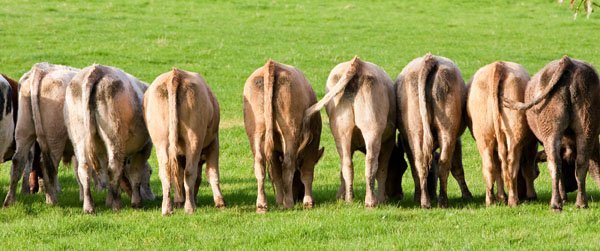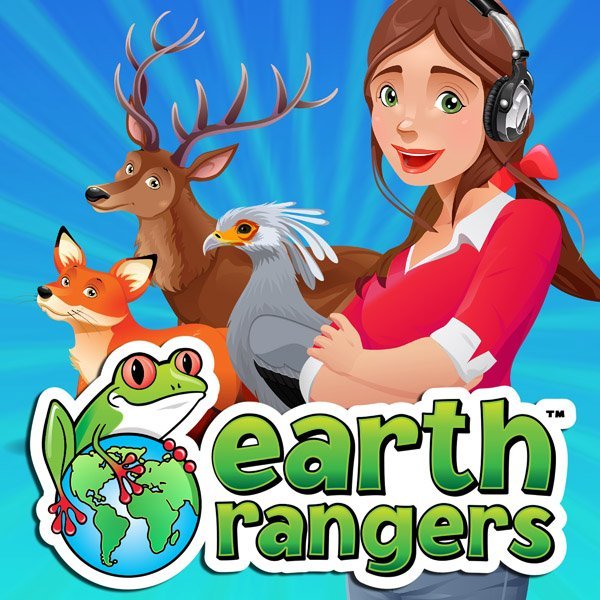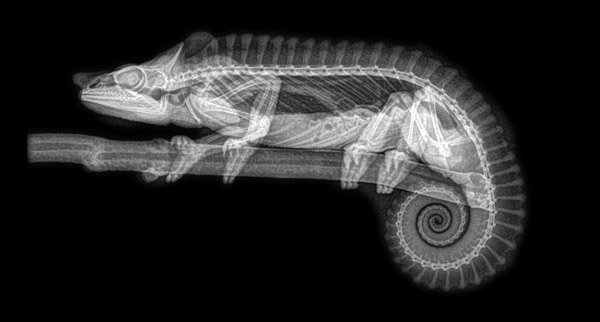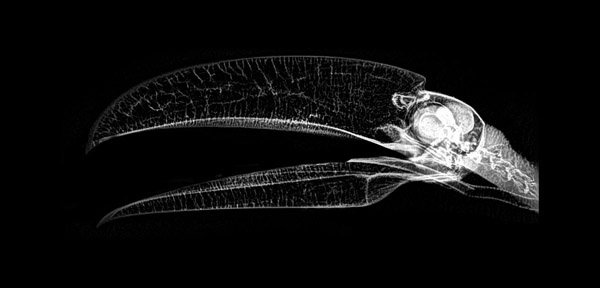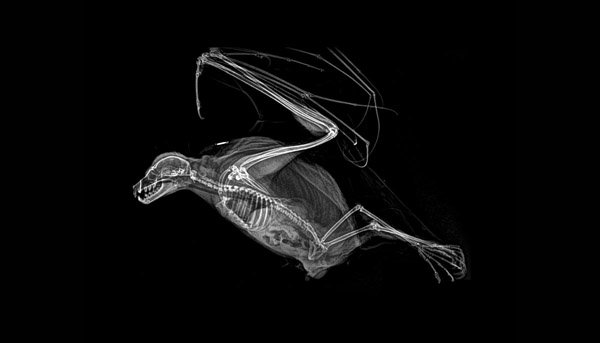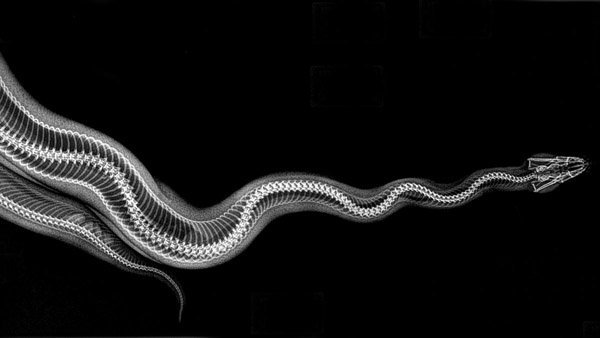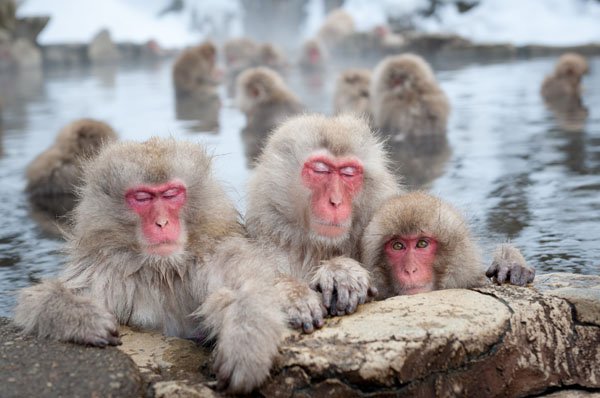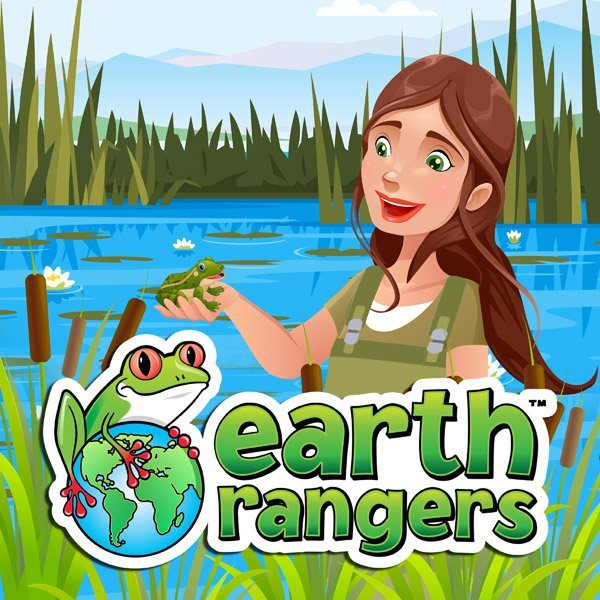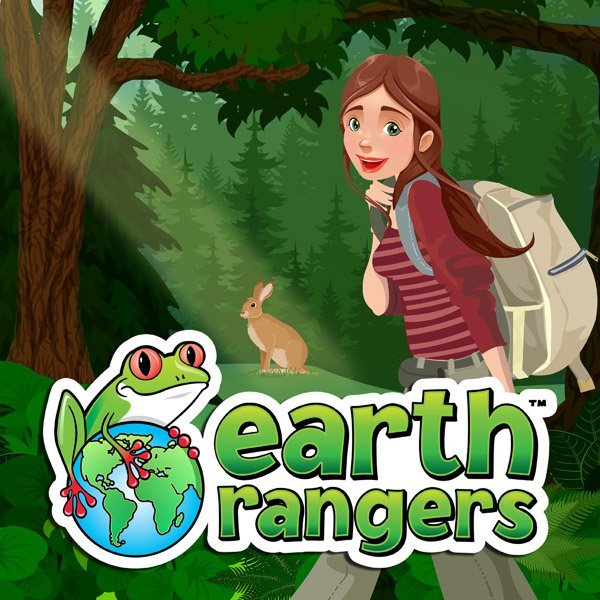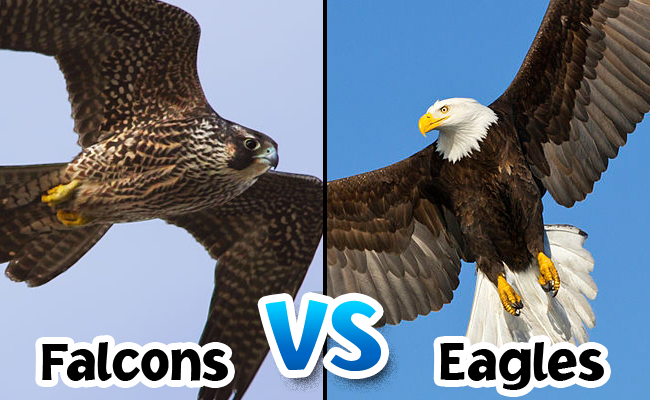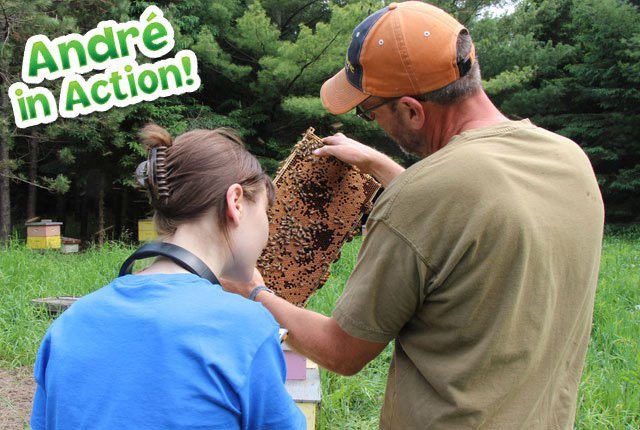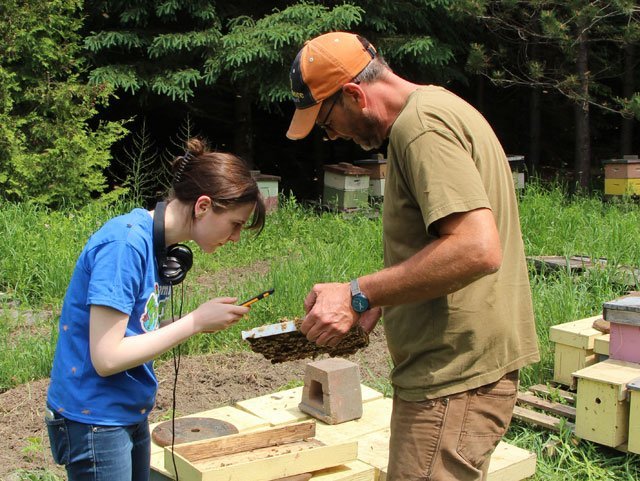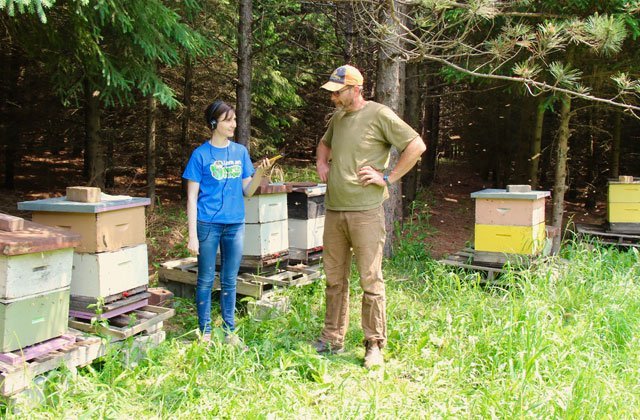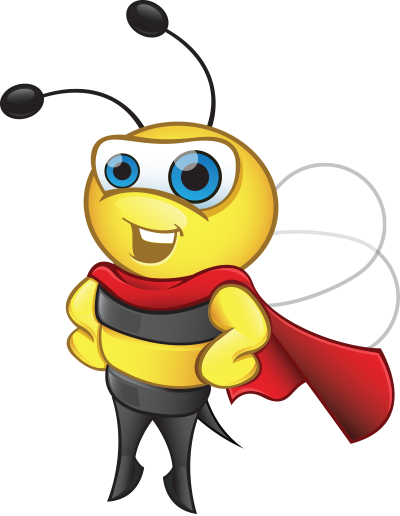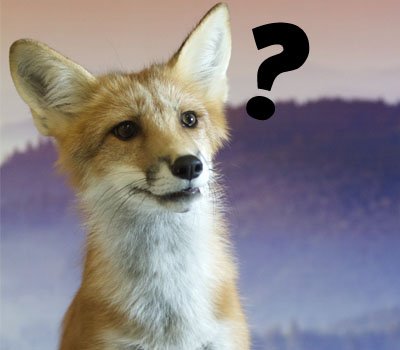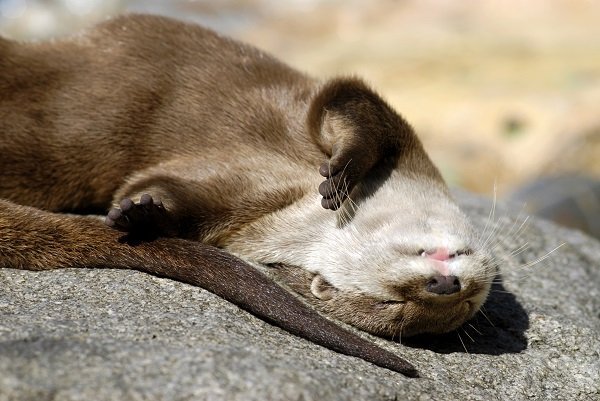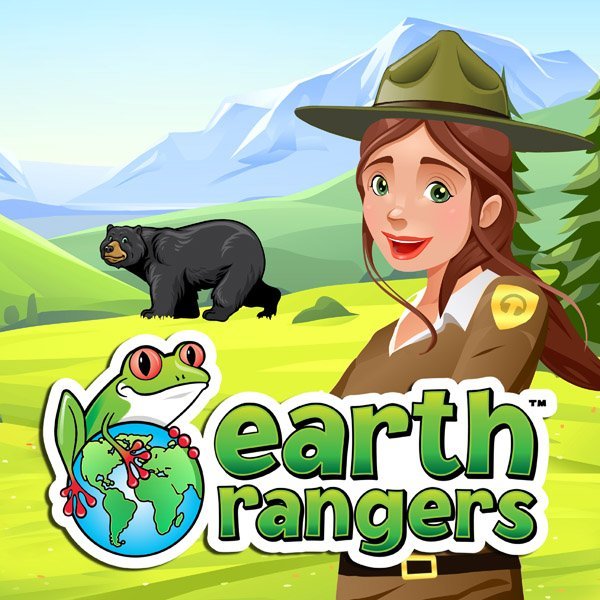Dragons, gremlins, Bigfoot, trolls and… Mexican salamanders? These monsters have a lot more in common than you might think! Let’s take a closer look at the axolotl, an underwater salamander found in Mexico who has some wacky supernatural powers!
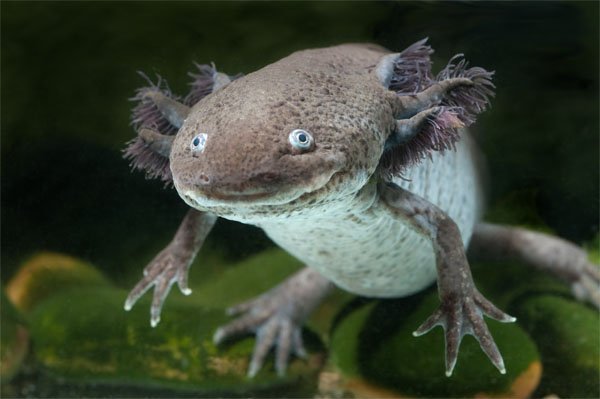
This little guy may have gills and live under the water, but call him a fish and you’ll be in trouble! The axolotl is quite proud to be a cold-blooded amphibian, whose name actually translates to “water monster”.
Let’s compare his superpowers to those of our favorite, most frightening of Hollywood monsters to see who comes out on top:
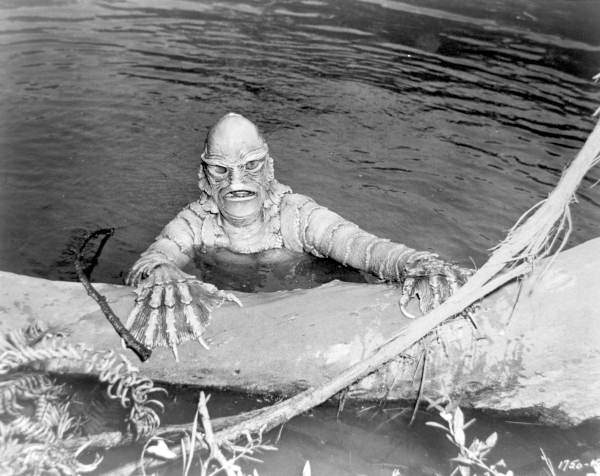
Round #1: Gill-Man Vs. Axolotl
Our first contender comes to us from deep in the Black Lagoon. This man-fish creature first appeared in horror films in the 1950s and he really gives us the creeps! With gills on either side of his head and a pair of lungs to boot, he can breathe on land and in the water. He’s just waiting to chase humans into his swampy lair. Pretty spooky, huh?! Let’s see how axolotls stack up.
You see those fuzzy, branch-like things poking out of the axolotl’s head? Those are gills, and just like Gill-Man, axolotls ALSO have lungs! But wait… there’s more! Axolotls actually have 4 different ways of breathing! They can breathe oxygen from water through their skin and through the back of their throat too.
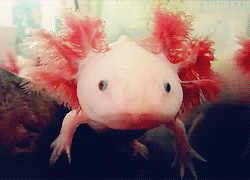

Round #2: Kraken Vs. Axolotl
The legendary Kraken is a giant octopus known for its many spikey tentacles and fearsome hunger. This sea monster fought many ships in the Greenland Sea and if wounded, we have no doubt that it would be able to heal and regenerate like other octopi.
Though axolotls don’t have spiky tentacles, they CAN regrow their limbs and even their spines when injured! They also have a hungry carnivorous appetite for small fish, worms, insects, and just about everything else small and meaty. Watch your toes!
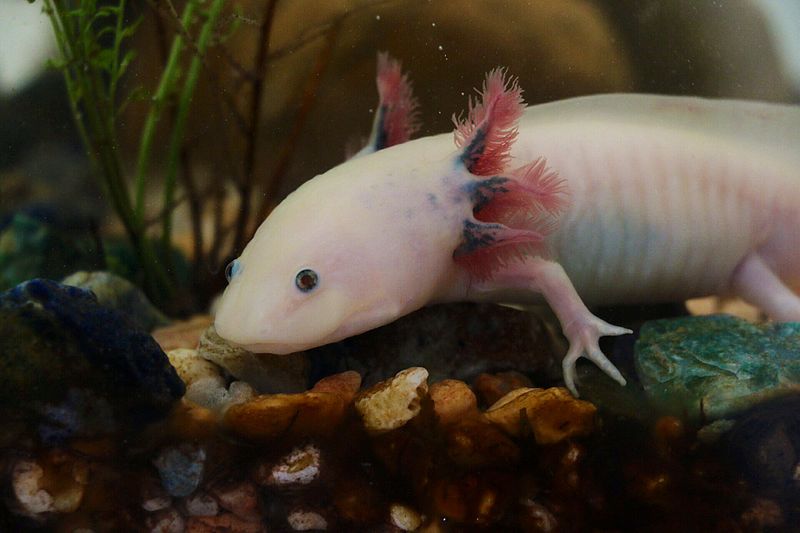

Round #3: Frankenstein’s Monster Vs. Axolotl
Those of us who have seen the movie Frankenstein know that the monster is a science experiment gone wrong. A scientist tries to bring to life a child-like creature that ends up storming the town like a hangry person having a temper tantrum.
Now, axolotls aren’t known for having a terrible temper, but they are stuck in a child-like state…sort of. While most amphibians are born and develop in water, they eventually go through a metamorphosis that allows them to live on land. Axolotls, on the other hand skip that metamorphosis and they live their entire lives underwater. Just like Frankenstein’s monster, you could say that axolotls are forever frozen in childhood. However, unlike Frankenstein’s monster, they prefer to play under the waves and explore the muddy bottom with their sticky little feet rather than chasing townspeople.
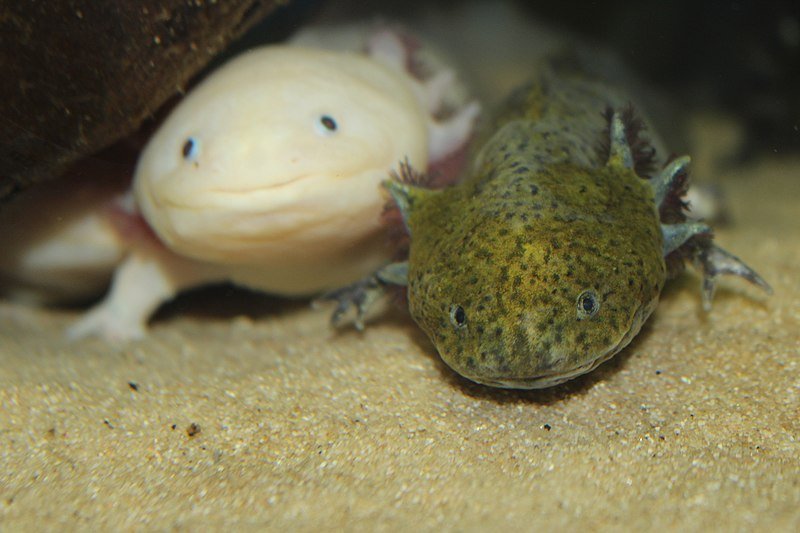

Round #4: Vampire Vs. Axolotl
The vampire has GOT to be the monster best known for their perfect, pointy pearly whites. Their smiles are known to lure in unsuspecting victims and their fangs are perfectly designed for sucking blood.
Ignoring the blood-thirsty part, just TRY to tell us that you aren’t blown away by this axolotl’s huge, adorable smile. Just like catching a contagious yawn, we can’t help but smile along with these happy-go-lucky miniature monsters.
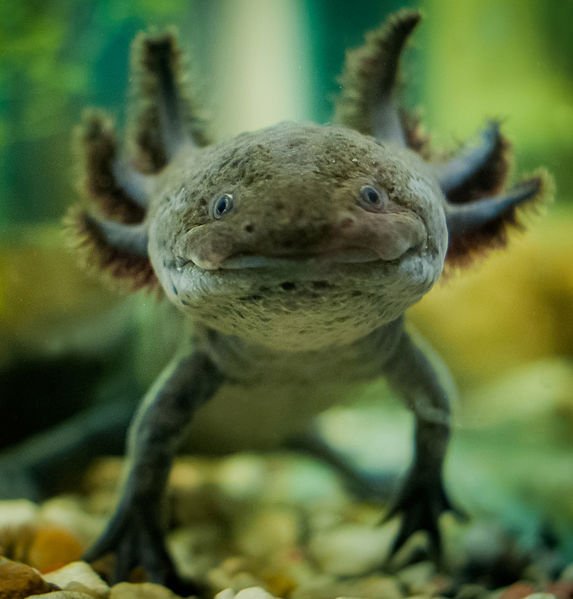
So who’s the winner? Axolotls, duh! Each of these monsters has cool powers but axolotls are the only ones that are real.



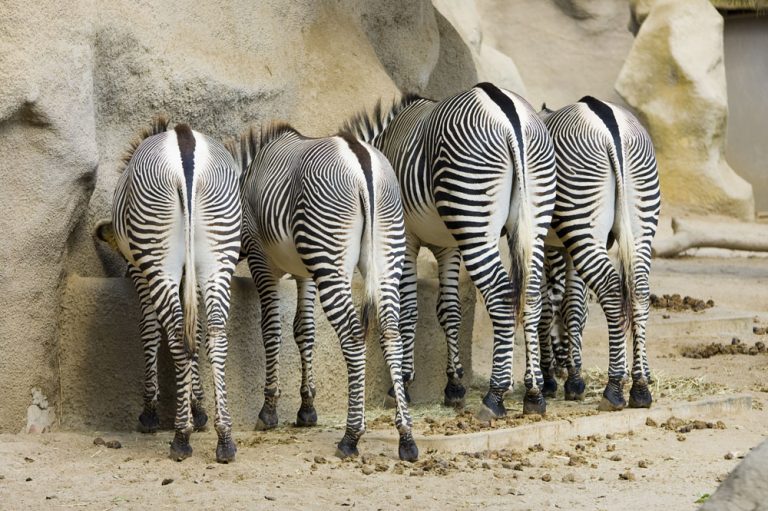
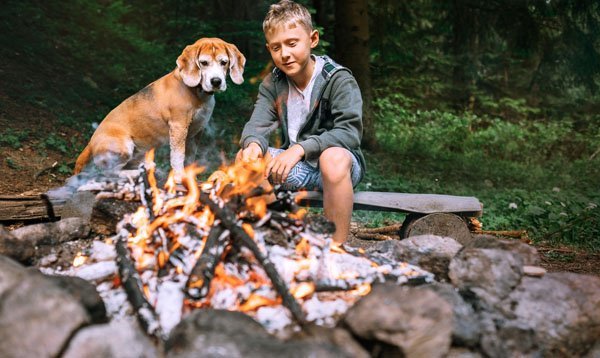
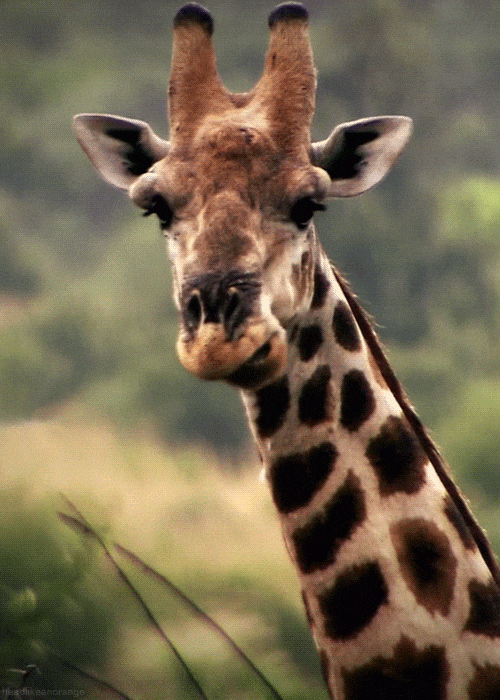 Burn!
Burn!
